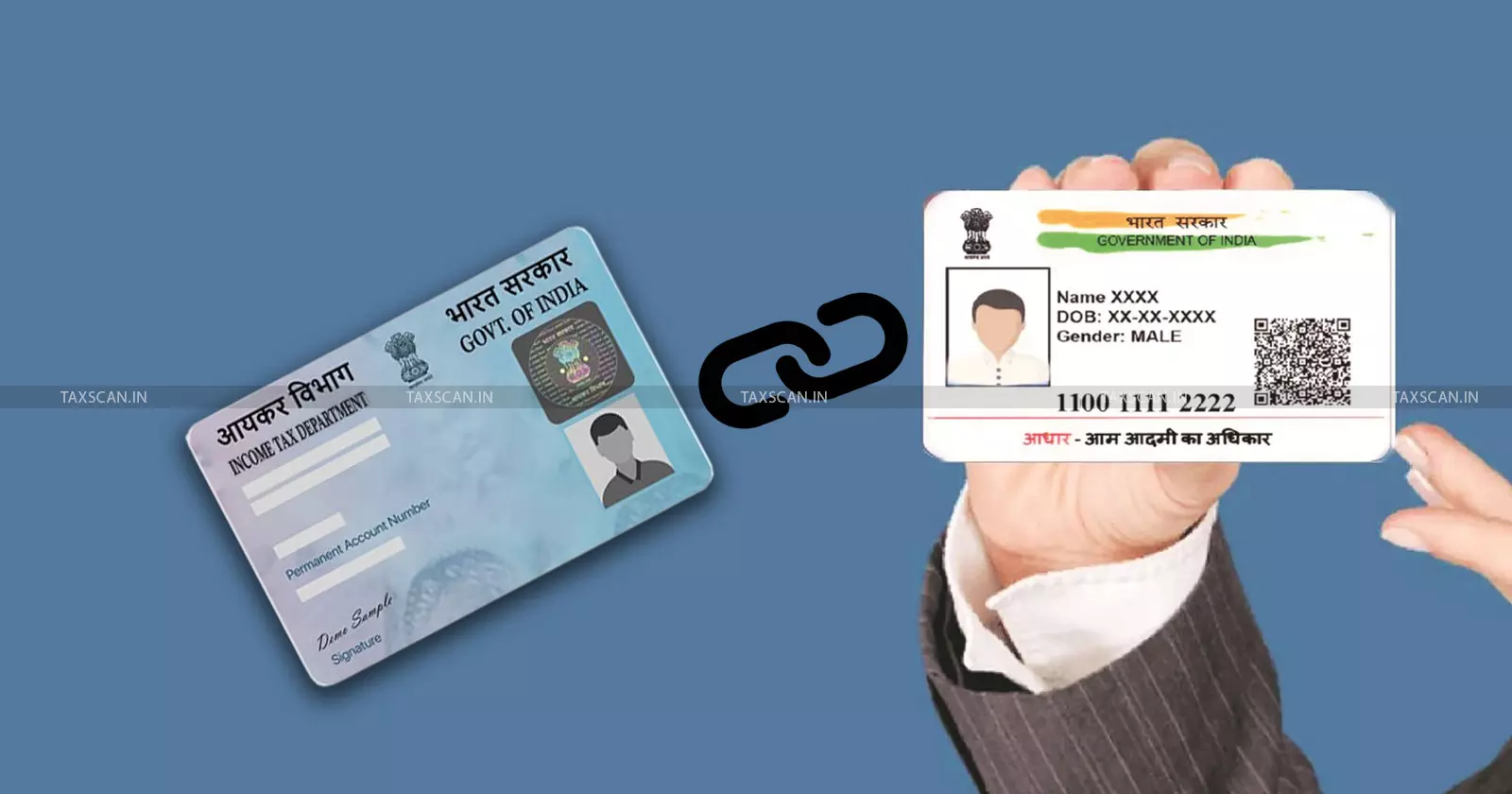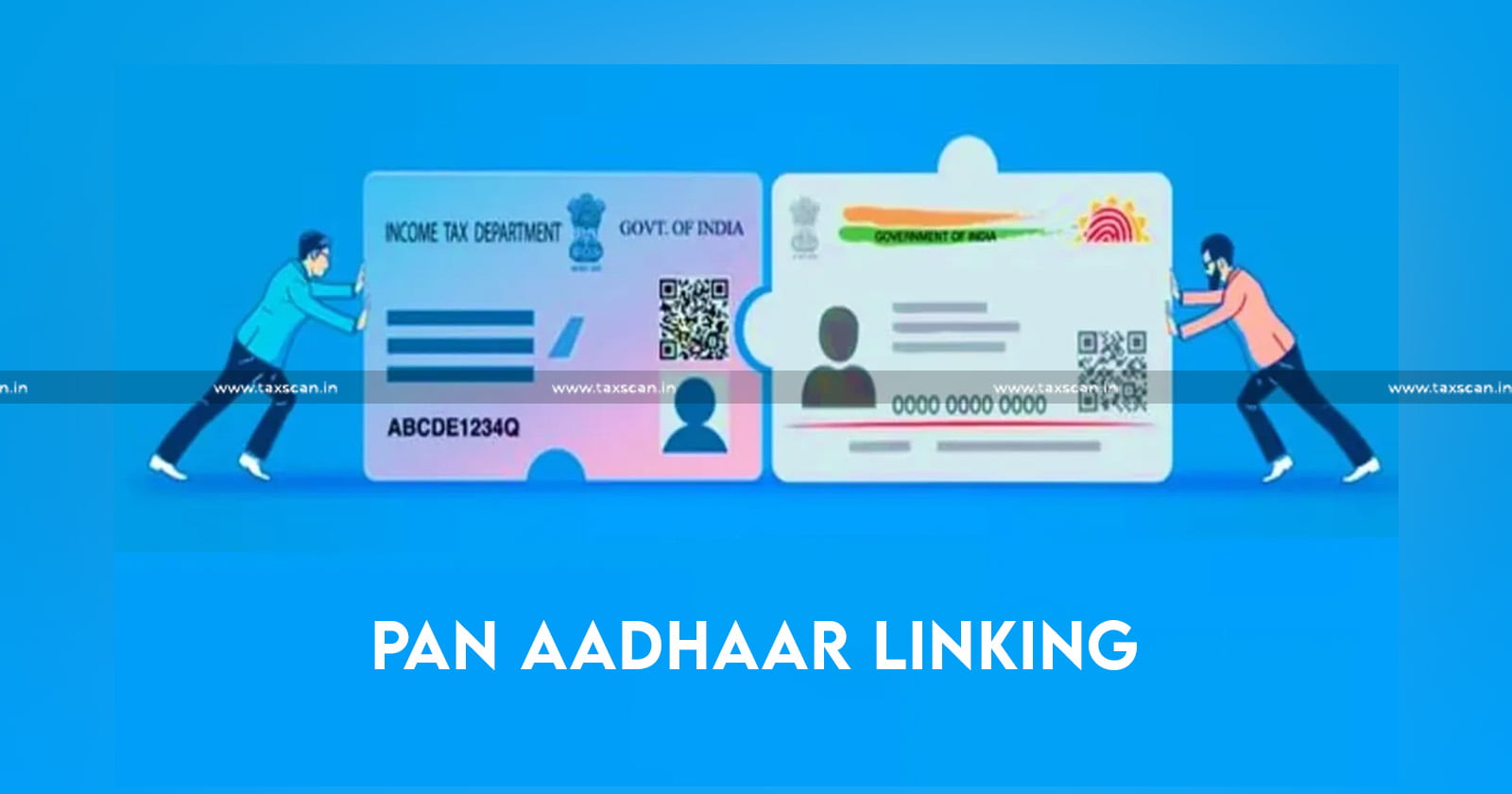Bought Property Over ₹50 Lakh? Ensure your PAN-Aadhaar Link to Avoid High TDS Liability
Buyers who had purchased property above ₹50 lakh from sellers whose PAN were inoperative were served with short-deduction notices.

The Central Board of Direct Taxes ( CBDT ) issued Circular No. 9/2025 on the 21st of July 2025, providing much relief for property buyers and sellers that had been facing difficulties due to their Permanent Account Number (PAN) becoming inoperative for not being linked with their allied Aadhaar identity.
The issue is particularly important when related to the context of property transactions that exceed ₹50 lakh. In such instances, the buyer becomes obligated to deduct tax at source (TDS) under Section 194-IA. In the event that the seller’s PAN and Aadhar are not linked, this may result in a higher TDS liability on assuming buyers who are later faced higher TDS demands from the CBDT.
The circular was issued by the CBDT following persistent grievances on short-deduction notices, higher TDS demands and compliance challenges faced by buyers and sellers.
Know Practical Aspects of Tax Planning, Click Here
Why PAN - Aadhaar Linking Matters in Property Deals
As per Rule 114AAA of the Income Tax Rules, 1962, any PAN that is not linked with the allied Aadhaar within the stipulated deadline became inoperative from 1st July 2023. Once a PAN is rendered inoperative, it is treated in the same regard as if no PAN existed as of the time of sale of the property.
The immediate consequence of such an inaction is that deductors and collectors become subject to higher TDS or TCS rates under Section 206AA. In the case of property purchases above ₹50 lakh, the standard TDS rate is 1%, however if there is no linkage between the PAN and Aadhar cards of the seller, the applicable TDS rate jumps to a massive 20%.
The situation has caused significant hardship for both buyers and sellers. Buyers who deducted 1% TDS in good faith often found themselves facing demands for the remaining 19% from the Central Processing Centre (CPC), while sellers encountered mismatches in tax credit and also faced delays in claiming refunds.
How to Audit Public Charitable Trusts under the Income Tax Act Click Here
The confusion deepened when the PANs were later linked with Aadhaar, but past demands that had been issued by the department still persisted.
Circular No. 9/2025: Extended Relief for Buyers and Sellers
Recognising the challenges faced by transacting parties, CBDT issued the Circular No. 9/2025, partially modifying its earlier Circular No. 3 of 2023. The new circular extends relief to both tax deductors and taxpayers by specifying new timelines within which PAN can be made operative without attracting the higher rate of TDS or TCS.
For transactions carried out between 1st April 2024 and 31st July 2025, if the PAN is made operative by 30th September 2025, there shall be no demand for short deduction or collection on the TDS.
This means that if a buyer purchased property above ₹50 lakh during the stipulated period and deducted 1% TDS despite the seller’s PAN being inoperative, they shall not be liable to deduct TDS at 20%, provided that the seller ensures his PAN is linked to the Aadhaar by 30th September 2025.
For transactions conducted on or after 1st August 2025, the PAN must be made operative within two months from the end of the month in which the transaction occurred. For instance, if a property was purchased on 10th August 2025, the PAN must be reactivated by 31st October 2025 to escape the 20% TDS requirement.
What happens if your PAN and Aadhar remain Unlinked?
The relief offered by CBDT is not absolute. It applies strictly to cases where PAN has been made operative within the prescribed timelines. Taxpayers who fail to do so shall be subject to the law under Sections 194-IA, 206AA and other provisions under Chapter XVII-B and XVII-BB of the Income Tax Act, 1961. This means that the higher rate of TDS remains enforceable where the PAN remains inoperative beyond the deadlines.
The intent behind issuing such a circular is to maintain the balance between ensuring compliance with PAN-Aadhaar linkage requirements and to avert undue hardship to genuine taxpayers.
The decision is also significant because, under Rule 114AAA, once the PAN is inoperative, the taxpayer becomes barred not only from filing their income tax returns but also from being eligible to avail proper TDS and TCS credit.
In order to avoid increased systemic mismatches and avert unnecessary litigation, the circular provides taxpayers with more leeway to rightfully conduct the sale of their property.
Consequences for Buyers and Sellers in Property Deals
In property transactions, the TDS obligation under Section 194-IA applies only when the sale consideration is ₹50 lakh or more. This threshold was built into the income tax law to ensure that high-value property deals are brought into the tax net while excluding smaller transactions from additional compliance.
For buyers of such properties, the Circular No. 9/2025 absolves them from the burden of higher TDS demands at 20% if the seller regularises their PAN within the stipulated period. At the same time, sellers get ample time to ensure that their tax credit records remain clean and that refunds are not blocked.
The circular also extends beyond property transactions to payments made to professionals, contractors and other specified categories, increasing the applicability of the circular to other sectors as well. However, it may be noted that the stakes are always higher within the property segment due to the large transaction values involved and the strict requirement to file Form 26QB for reporting TDS.
Your ultimate guide for mastering TDS provisions with clarity and precision - Click Here
Steps Available to Affected Taxpayers
Once PAN is reactivated, buyers can file corrections to their Form 26QB and pursue rectification under Section 154 on the Income Tax portal by citing Circular 9/2025. In many cases, demands are automatically dropped by the Department once the correction is processed and effectuated. Where excessive TDS has been deposited at 20%, buyers can claim refunds through Form 26B on TRACES.
The Bigger Picture
The linking of PAN and Aadhaar cards remain an integral facet in India’s tax compliance framework. It goes without saying that PANs not linked with Aadhaar would remain inoperative and trigger higher TDS/TCS rates, making it all the more important for taxpayers to ensure linkage well before entering into large financial transactions.
For property buyers crossing the ₹50 lakh threshold, ensuring that the seller’s PAN is operative is no longer optional but essential to avoid a 20% TDS liability.
Even though the CBDT has extended deadlines and provided conditional relief through Circular No. 9/2025, taxpayers are advised not to wait for further developments and complete their responsibilities as soon as possible.
Support our journalism by subscribing to Taxscan premium. Follow us on Telegram for quick updates



